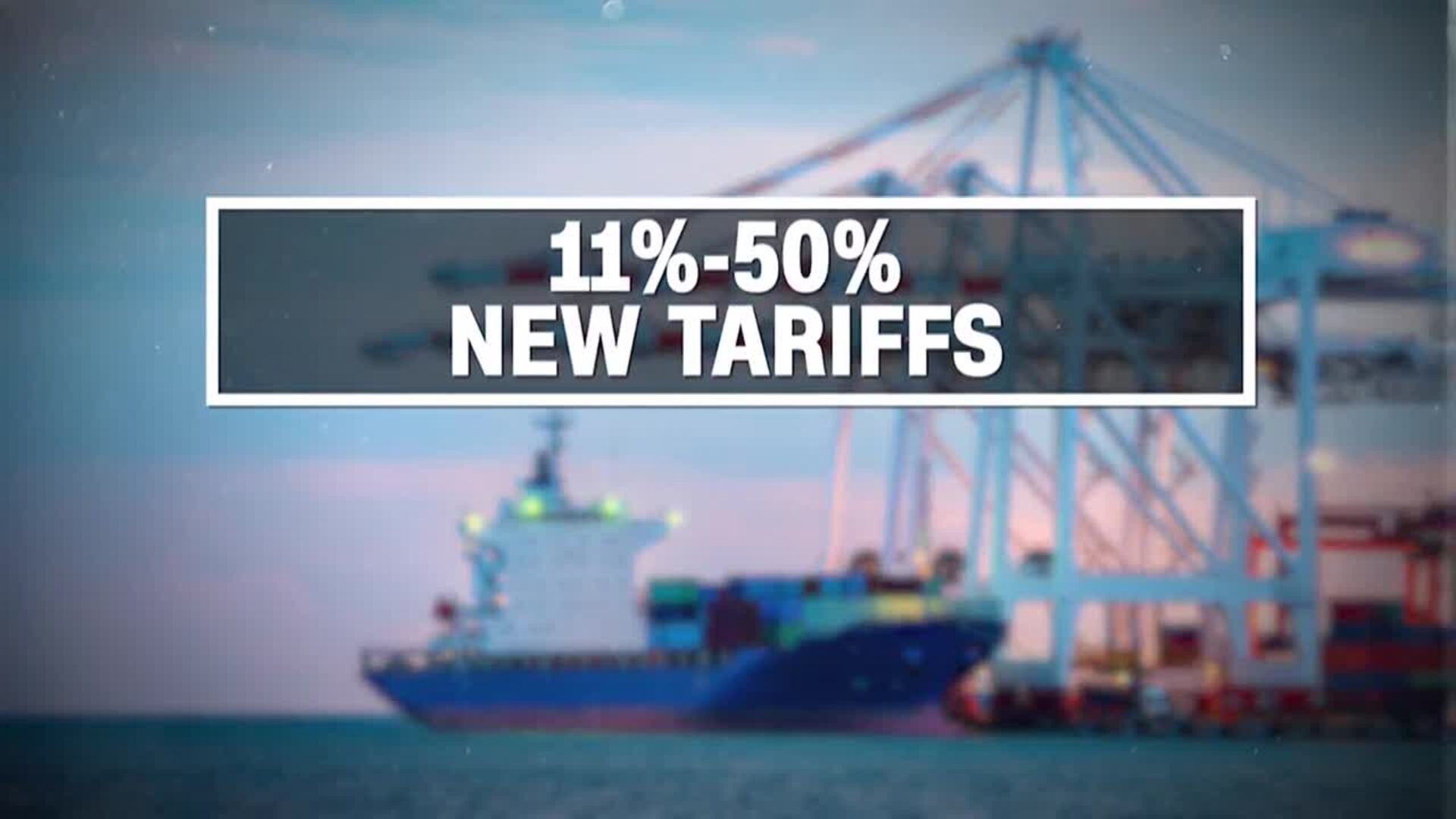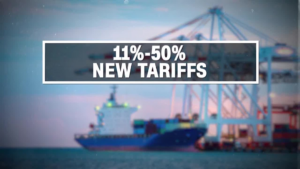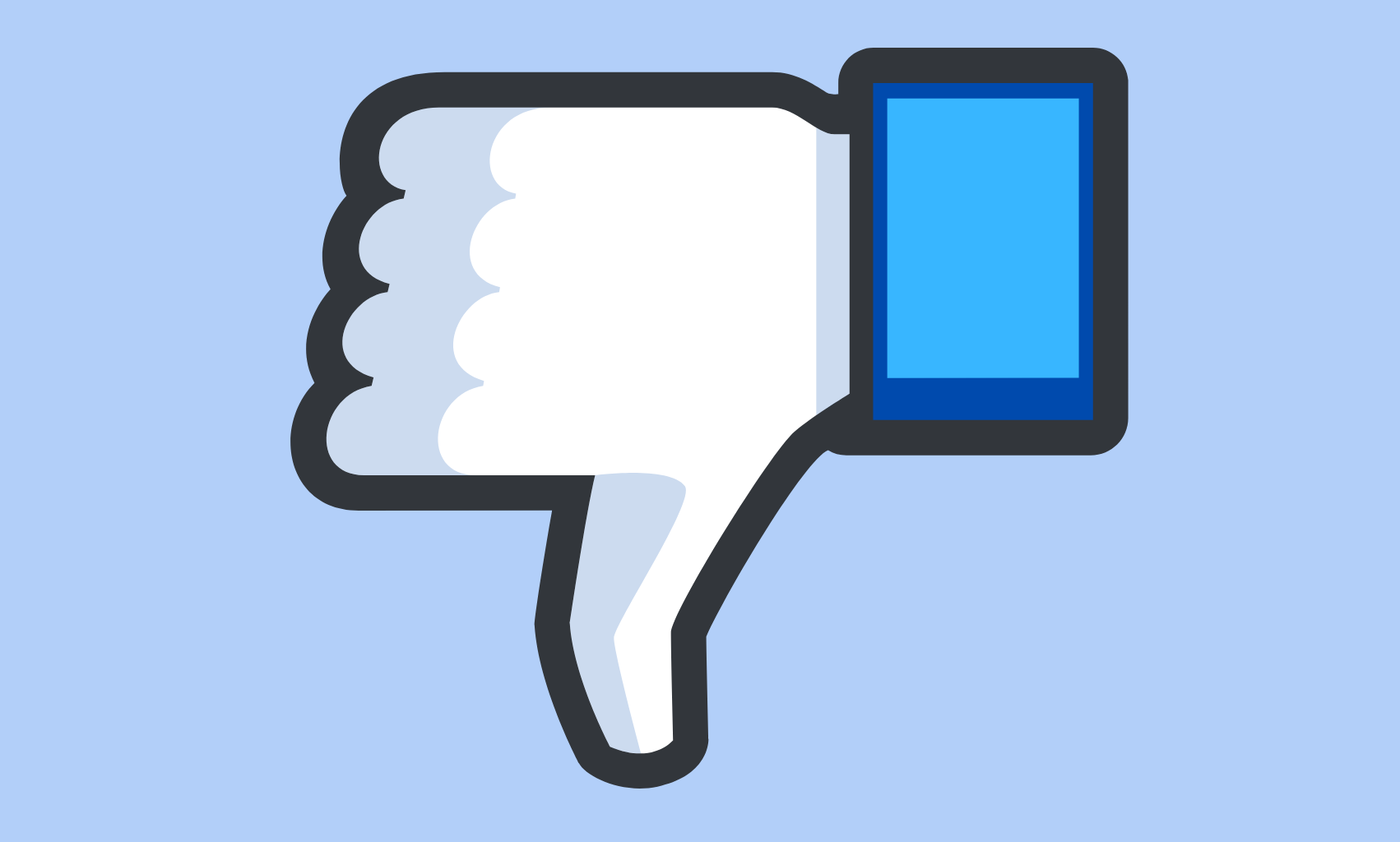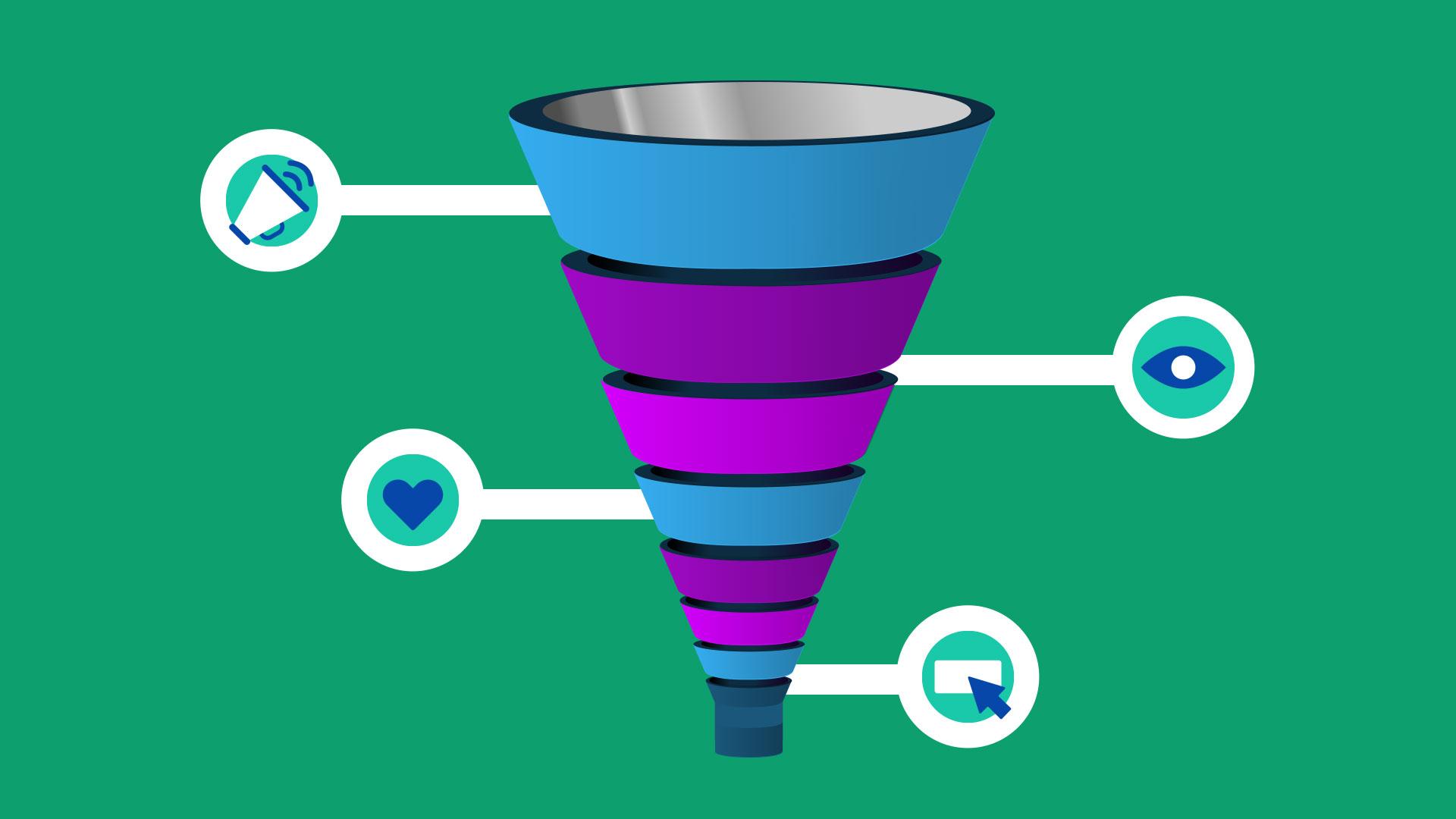The U.S. economy is a dynamic force, characterized by cycles of growth, stagnation, and occasional downturns. These fluctuations – whether driven by inflation, unemployment, interest rates, or geopolitical events – have profound effects on industries across the board. Among the most sensitive to these changes are digital media buying and consumer behavior, both of which are deeply intertwined with economic conditions. This article explores how economic swings influence digital advertising strategies, budgets, and consumer purchasing patterns, drawing on trends, data, and real-world implications.
1. Understanding Economic Fluctuations
Economic fluctuations refer to changes in key indicators like GDP growth, inflation rates, unemployment, and consumer confidence. These shifts can be cyclical (part of the natural business cycle), structural (driven by long-term changes like automation), or triggered by external shocks (e.g., pandemics or trade wars). For instance:
- Inflation: Rising prices erode purchasing power, forcing consumers to prioritize essentials over discretionary spending.
- Recession: Declining GDP and rising unemployment reduce consumer confidence, leading to cautious spending.
- Expansion: Strong economic growth boosts disposable income, encouraging spending on non-essentials and luxury goods.
Each phase of the economic cycle reshapes how businesses allocate budgets and how consumers interact with brands, particularly in the digital space.
2. Impact on Digital Media Buying

Digital media buying – encompassing programmatic advertising, social media ads, search engine marketing, and more – is highly responsive to economic conditions. Advertisers adjust strategies based on budget constraints, consumer sentiment, and market opportunities. Here’s how economic fluctuations influence this landscape:
A) Budget Allocation and Cost Sensitivity:
During economic downturns, businesses face pressure to cut costs, and marketing budgets are often among the first to be scrutinized. According to a 2023 report by the Interactive Advertising Bureau (IAB), 60% of marketers reduced ad spend during periods of economic uncertainty, prioritizing performance-driven channels like search and email over brand-building formats like display or video ads.
- Recessionary Periods: Advertisers shift toward cost-effective platforms. For example, platforms like Google Ads or Meta’s self-serve ad tools see increased usage due to their measurable ROI and lower entry costs. Programmatic advertising, which optimizes ad placements in real time, gains traction as brands seek efficiency.
- Economic Booms: In contrast, periods of growth see increased investment in premium formats like connected TV (CTV) or influencer marketing. A 2024 eMarketer study noted a 25% rise in CTV ad spend during economic expansions, as brands chase broader reach and brand awareness.
B) Channel Shifts:
Economic conditions dictate which digital channels brands prioritize. During tight budgets, performance marketing (e.g., pay-per-click or affiliate marketing) dominates, as it ties directly to conversions. In 2022, amid inflationary pressures, Amazon Ads reported a 30% increase in sponsored product ad revenue, reflecting brands’ focus on e-commerce conversions.
Conversely, during economic upswings, brands experiment with emerging platforms like TikTok or immersive formats like augmented reality (AR) ads. For instance, Snapchat’s AR ad revenue grew by 40% in 2023, fueled by brands capitalizing on consumer optimism and discretionary spending.
C) Creative Messaging Adjustments:
Economic fluctuations shape ad creatives. In downturns, messaging emphasizes value, discounts, and reliability to appeal to cautious consumers. A 2023 Nielsen study found that 70% of ads during inflationary periods highlighted promotions or affordability. In contrast, during growth phases, ads focus on aspiration, lifestyle, and innovation, aligning with consumers’ willingness to splurge.
D) Supply Chain and Inventory Impacts:
Economic disruptions, like supply chain bottlenecks seen in 2021–2022, affect digital media buying. Brands with limited inventory scale back ad spend to avoid overpromising, while those with surplus stock ramp up promotions. This dynamic influences bidding strategies in programmatic auctions, where ad prices (CPMs) can spike or plummet based on demand.
3. Impact on Consumer Behavior

Economic fluctuations directly alter how consumers spend, browse, and engage with digital media. These shifts ripple through e-commerce, content consumption, and brand loyalty.
A) Spending Patterns:
- Downturns: Consumers prioritize essentials – groceries, utilities, healthcare – over discretionary purchases like fashion or electronics. A 2024 Pew Research study found that 65% of U.S. consumers cut back on non-essential spending during periods of high inflation. Digital platforms see increased traffic to deal sites, coupon aggregators, and budget-friendly retailers like Walmart or Dollar General.
- Expansions: Rising disposable income fuels demand for premium products, travel, and experiences. Luxury brands like LVMH reported a 20% e-commerce sales increase in 2023, driven by affluent consumers during an economic upswing.
B) Channel Preferences:
Economic conditions influence where consumers spend time online. During downturns, price-comparison sites and marketplaces like Amazon or eBay see spikes in traffic. Google Trends data from 2022 showed a 15% increase in searches for “best deals” during inflationary peaks. Meanwhile, in prosperous times, social media platforms like Instagram and Pinterest thrive as consumers seek inspiration for lifestyle purchases.
C) Sensitivity to Messaging:
Consumers’ emotional state during economic shifts affects how they respond to ads. In tough times, trust and authenticity matter more. A 2023 Edelman Trust Barometer report noted that 80% of consumers favored brands with transparent pricing and ethical practices during economic uncertainty. Conversely, during booms, consumers are more receptive to bold, aspirational campaigns.
D) Brand Loyalty vs. Price Sensitivity:
Economic downturns amplify price sensitivity, eroding brand loyalty. A 2024 McKinsey study found that 50% of consumers switched to cheaper alternatives during inflation spikes. Digital media buying adapts by targeting deal-seekers with retargeting campaigns or loyalty incentives. In contrast, economic growth strengthens loyalty, as consumers are less likely to shop around.
4. Interplay Between Media Buying and Consumer Behavior

The relationship between digital media buying and consumer behavior is symbiotic. Economic fluctuations act as a catalyst, amplifying feedback loops:
- Targeting Precision: As consumers shift toward budget-conscious platforms during downturns, advertisers leverage first-party data and AI-driven targeting to reach high-intent audiences. For example, retail media networks like Target’s Roundel saw a 35% revenue increase in 2023, as brands tapped into transactional data to target deal-seekers.
- Ad Fatigue and Relevance: Oversaturation of promotional ads during recessions can lead to ad fatigue, reducing click-through rates. A 2024 Kantar study found that 55% of consumers ignored ads perceived as irrelevant, pushing brands to invest in personalized creatives.
- E-commerce Surge: Economic uncertainty accelerates e-commerce adoption, as consumers seek convenience and deals online. U.S. e-commerce sales grew by 12% in 2023, per Statista, with digital ad spend following suit to capture this shift.
5. Strategies for Advertisers
To navigate economic fluctuations, advertisers can adopt the following strategies:
- Agile Budgeting: Maintain flexibility to reallocate funds between performance and brand-building channels based on economic signals.
- Data-Driven Targeting: Leverage first-party data and AI to deliver personalized ads that resonate with shifting consumer priorities.
- Diversified Channels: Balance investments across search, social, and emerging formats like CTV to hedge against volatility.
- Value-Centric Messaging: Highlight affordability and reliability during downturns, while emphasizing quality and aspiration in upswings.
Monitor Sentiment: Use tools like social listening to gauge consumer confidence and tailor campaigns accordingly.
6. Looking Ahead
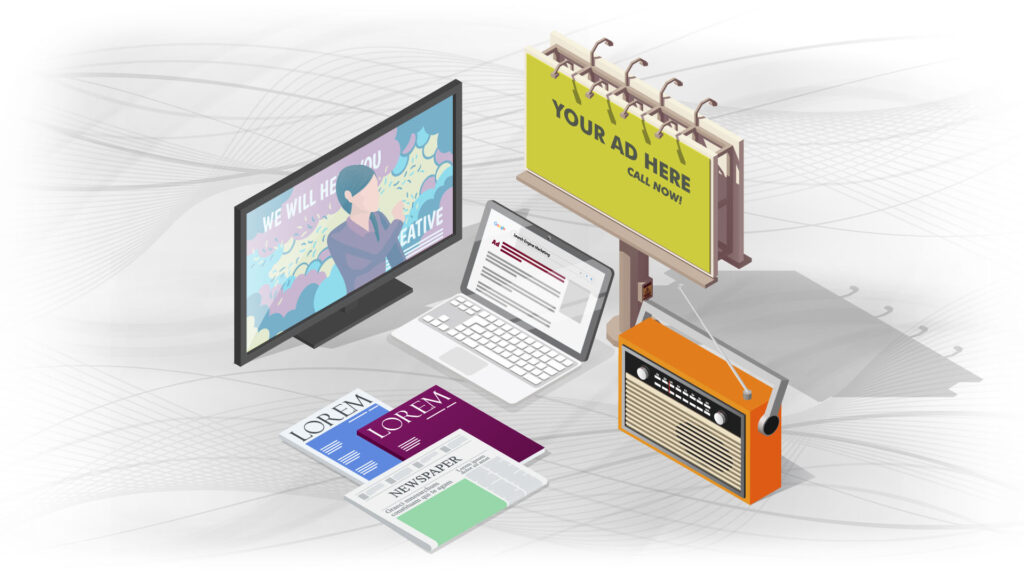
As of April 2025, the U.S. economy faces a mix of challenges – lingering inflation concerns, geopolitical tensions, and labor market shifts – alongside opportunities from technological innovation and consumer resilience. Digital media buying will continue to evolve, with AI-driven advertising and retail media networks gaining prominence. Consumer behavior, meanwhile, will remain fluid, shaped by economic realities and cultural trends.
For brands, the key is adaptability. By aligning digital strategies with economic realities and consumer needs, advertisers can not only weather fluctuations but also seize opportunities to build loyalty and drive growth. The digital landscape, ever dynamic, rewards those who anticipate change and act decisively.

